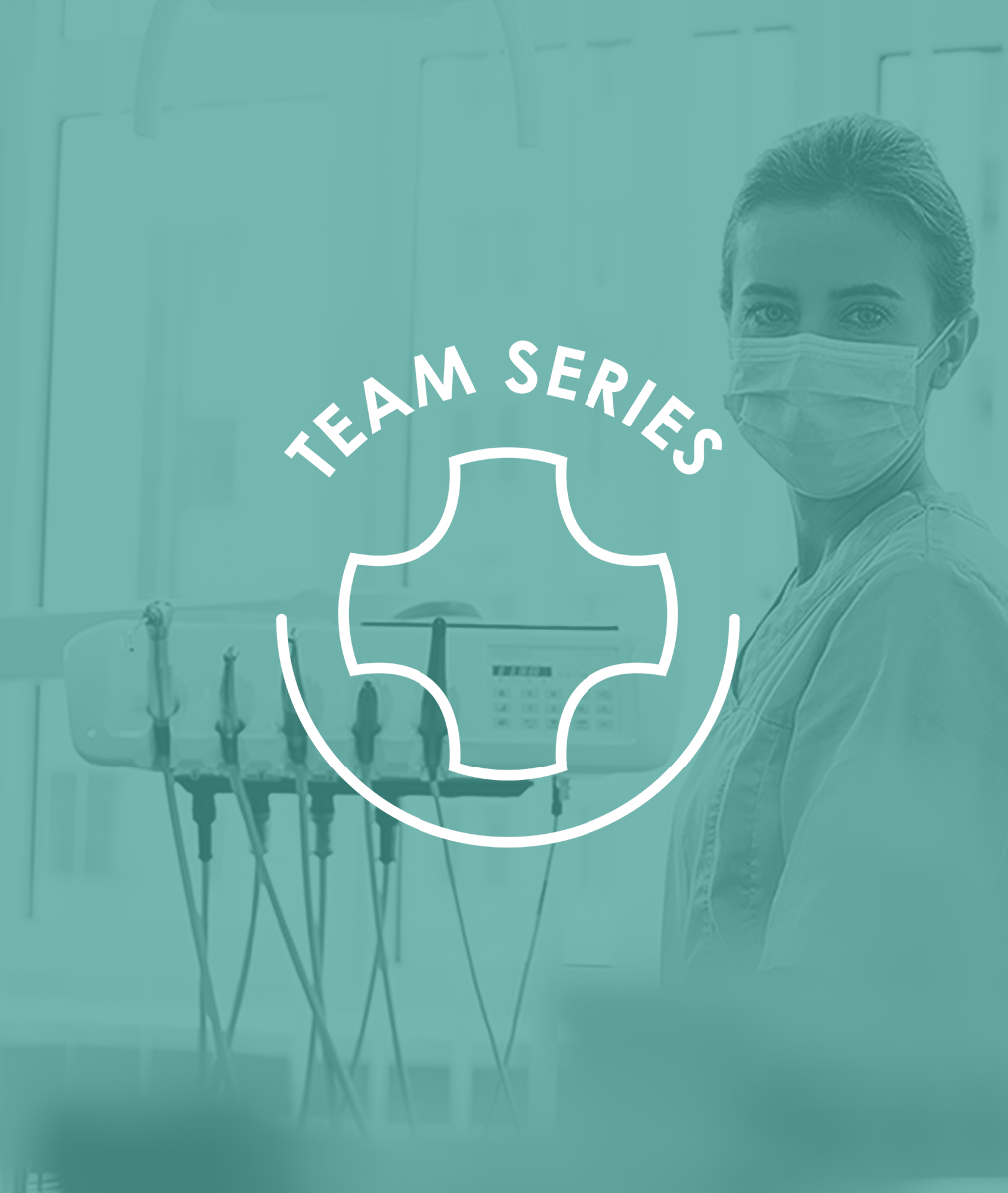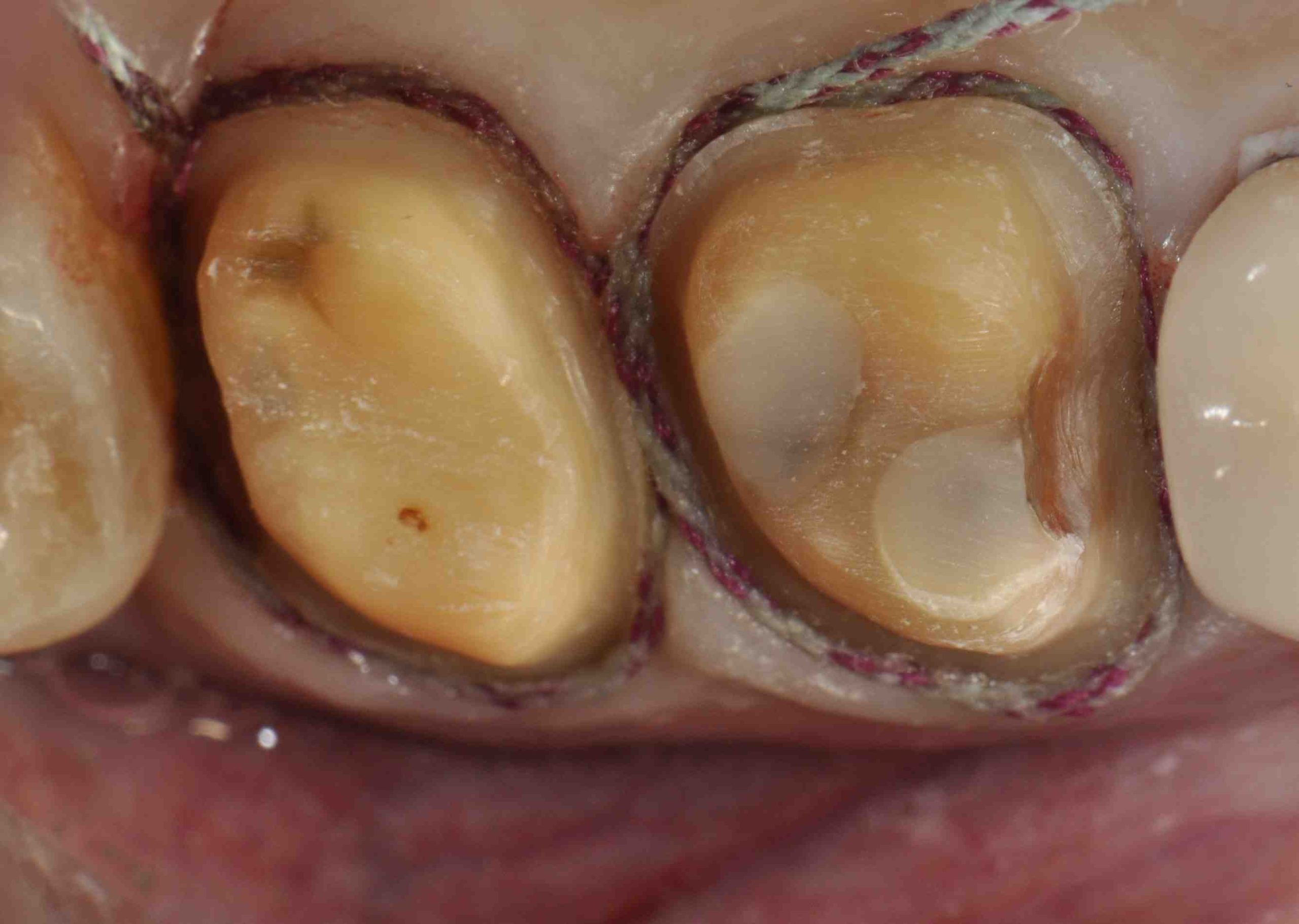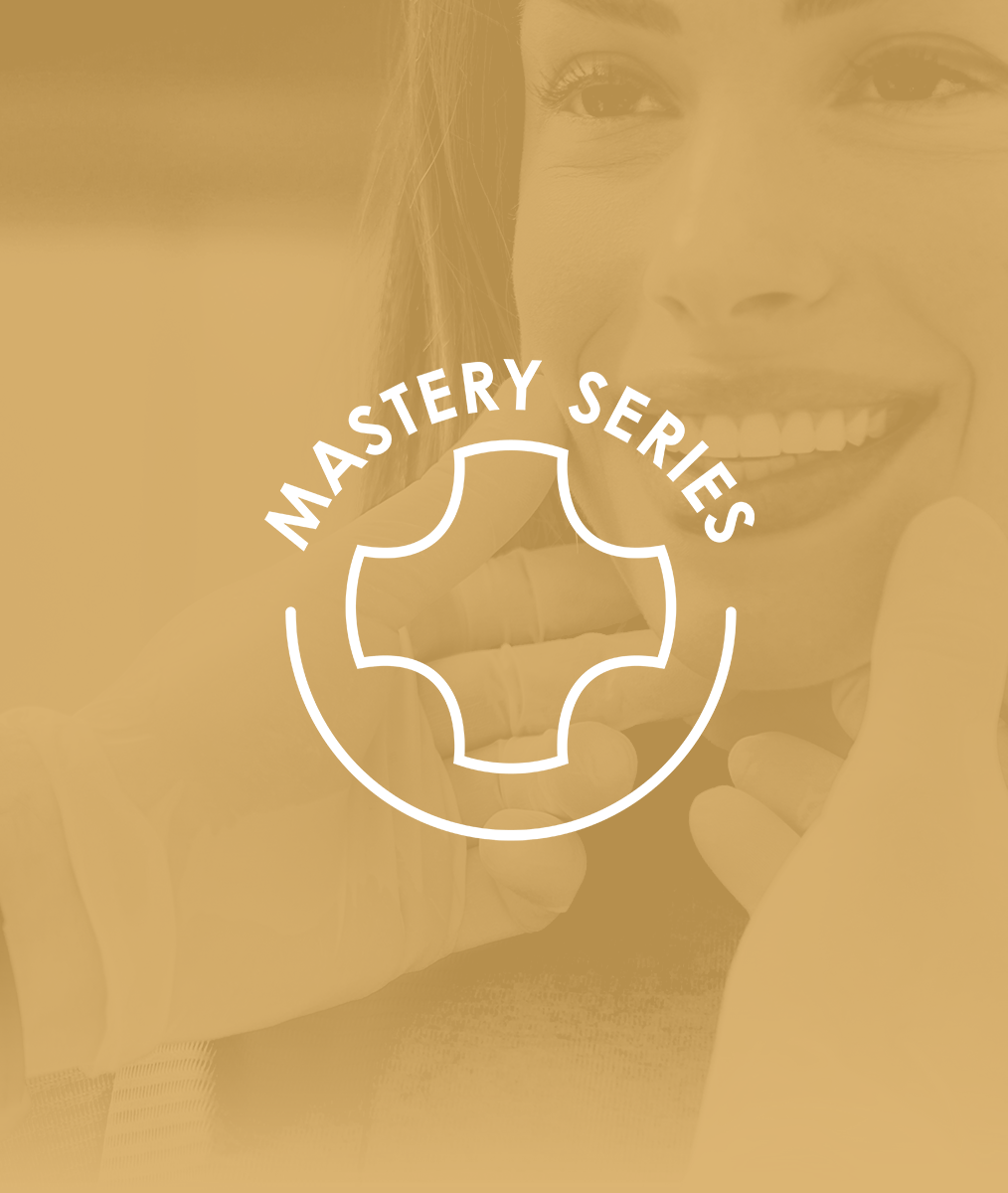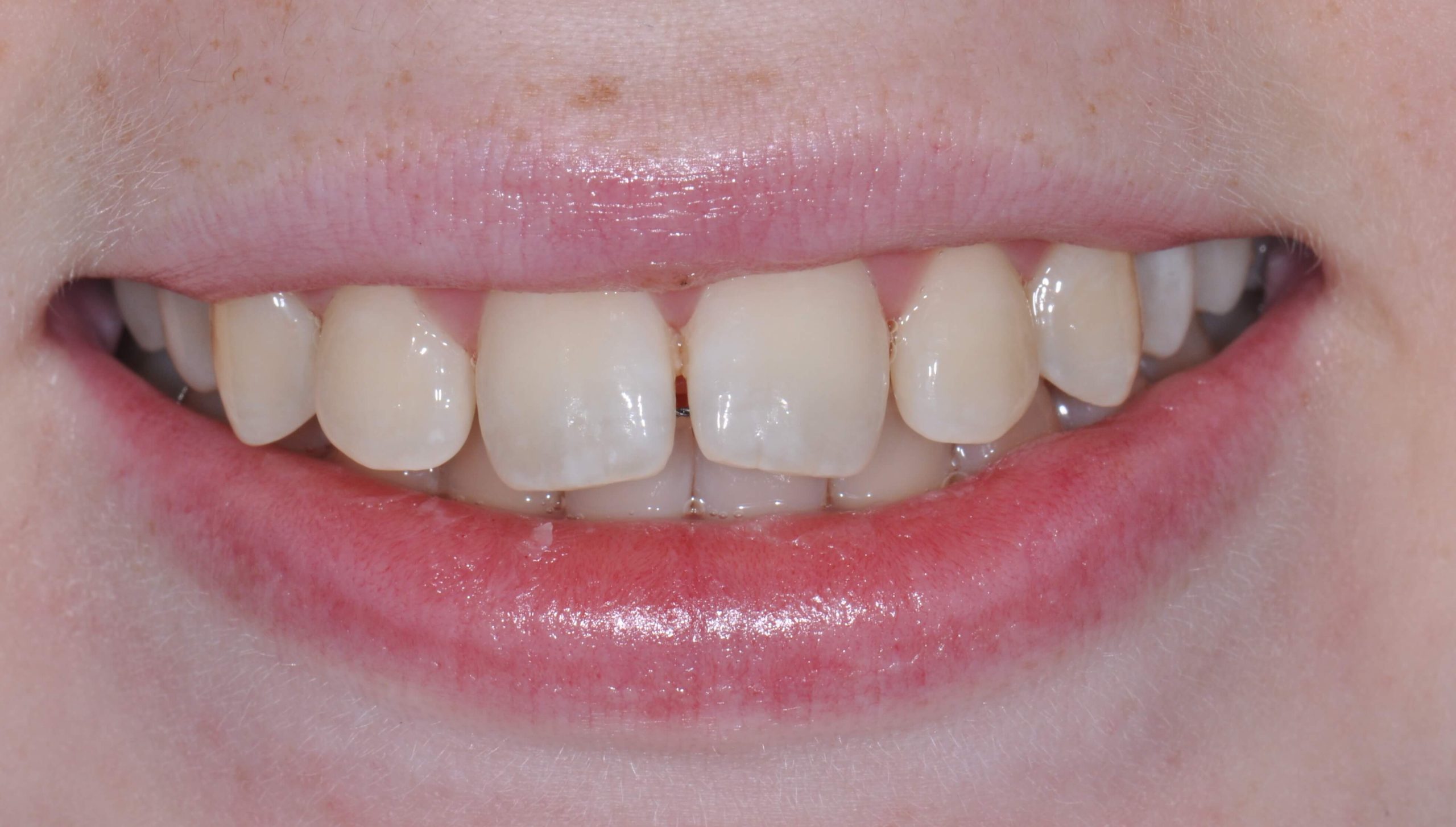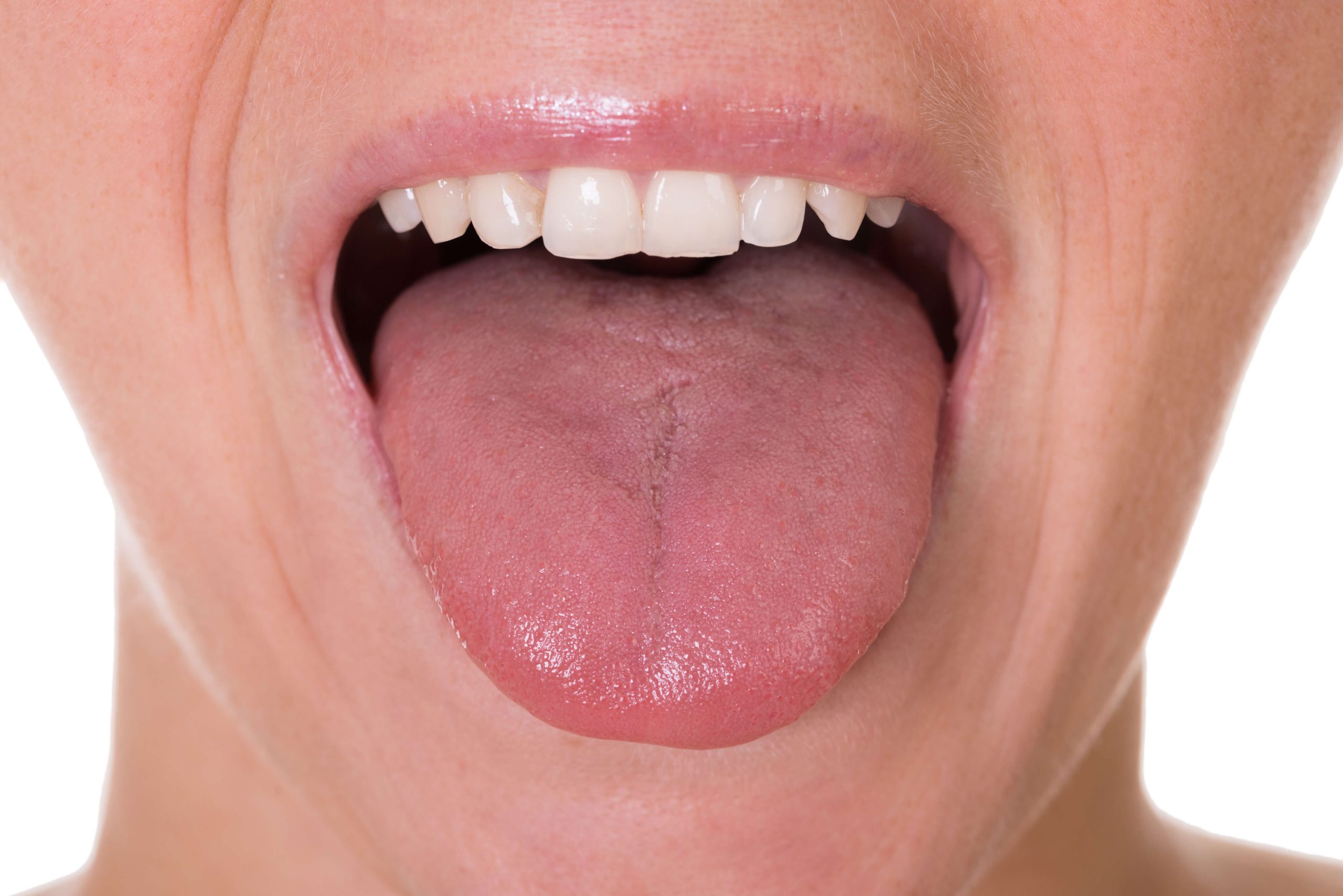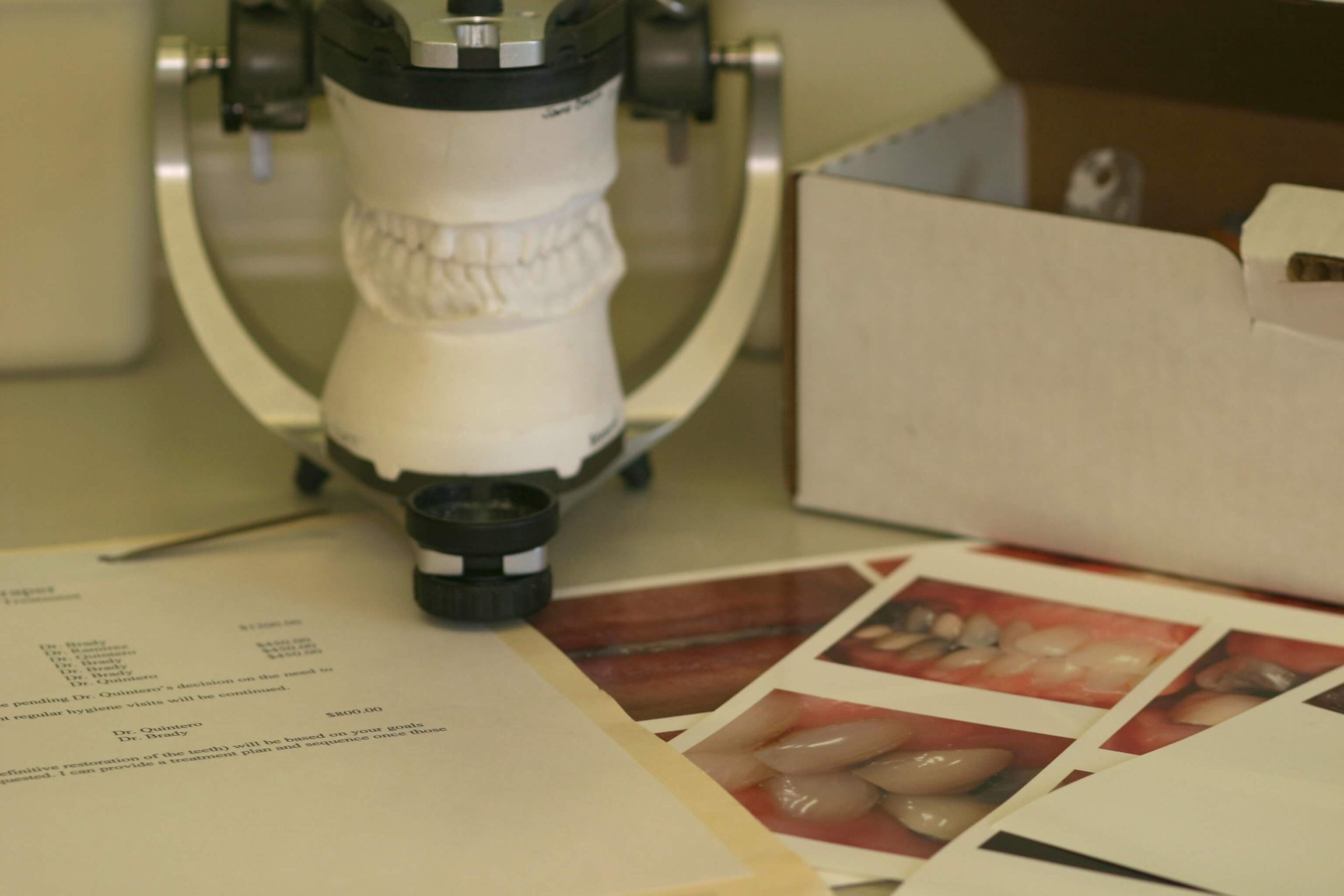Leadership Outside the Practice
How we demonstrate leadership outside the practice inevitably impacts how we lead once we return. That’s why it’s beneficial to seek out opportunities for growth wherever we can. Choosing to hold a leadership role is one particularly impactful way of doing this.
Leading Outside the Dental Practice
Re-connecting with dentistry and friends in Chicago in mid-February has been a very significant part of my journey in dentistry. The energy and buzz of new technology, new research findings and great speakers is always invigorating. But it’s not just the CDS Mid-Winter that brings me out to the Windy City in February. It’s also the smaller focused groups that make Chicago very significant and special.
The AES, APS, AAFD, AOD AARD and Lab Day are the crown jewels of dentistry that all meet over 5 days. The Chicago mid-winter vibe always reminds me of a family reunion where we catch up with each other and reboot our love for dentistry together. Over the last 30 years, I have attended meetings held by all of the groups mentioned above.
The place I’ve chosen to plug in and serve in leadership has been the American Prosthodontic Society (APS). Founded in 1928, the APS has always been a voice for collaboration between the specialist, the generalist with interest in the discipline, and the laboratory technologist.
In 1960, LD Pankey served as President. This year, the APS will be celebrating their 90th annual meeting. For the first time in dentistry they will be installing a laboratory technologist as President. I am very grateful for the APS and its voice of commitment to quality learning and leadership in the discipline of restorative care for the patients we serve.
Taking on leadership in an organization like APS is the type of experience that can translate back to better working relationships at home.
Related Course
E4: Posterior Reconstruction and Completing the Comprehensive Treatment Sequence
DATE: November 7 2024 @ 8:00 am - November 11 2024 @ 2:30 pmLocation: The Pankey Institute
CE HOURS: 44
Dentist Tuition: $ 7300
Single Occupancy with Ensuite Private Bath (per night): $ 290
THIS COURSE IS SOLD OUT The purpose of this course is to help you develop mastery with complex cases involving advanced restorative procedures, precise sequencing and interdisciplinary coordination. Building on…
Learn More>









